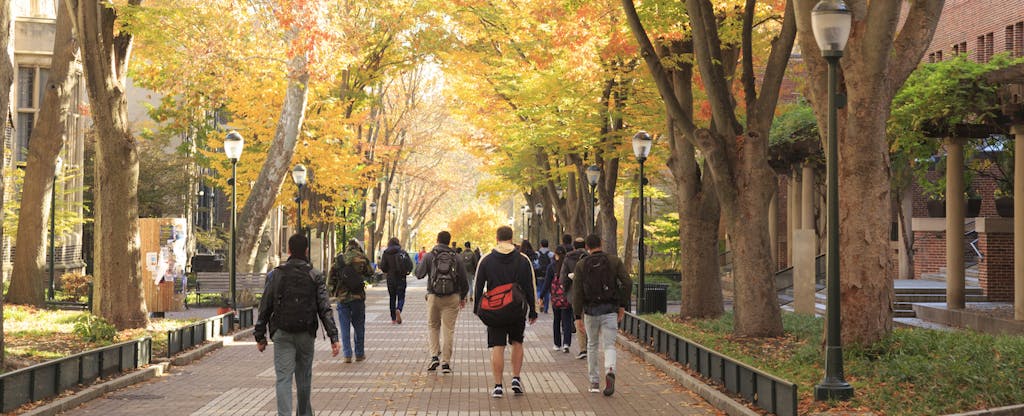A new student loan relief program is giving struggling borrowers a second chance to manage their student debt.
President Biden’s Fresh Start plan aims to restore to good standing roughly 7.5 million borrowers with defaulted federal student loans. Borrowers would then be able to receive federal student aid to finish college, have damaging information removed from their credit reports and get access to repayment plans like income-driven repayment.
Key takeaway: Borrowers with defaulted student loans can opt to resume payments with their loans in good standing.
How does the Fresh Start program work?
Under the U.S. Department of Education’s Fresh Start program, eligible borrowers whose student loans are in default will have one year after the pandemic payment pause ends to return their loans into good standing.
Here are some of the program’s highlights.
- Renewed access to benefits — Your loans will be reported as current, which gives you access to student loan forgiveness and repayment programs like income-driven repayment. You’ll also get access to short-term relief, such as deferment or forbearance.
- Updates to credit reports — The record of your default will be removed from your credit reports. Additionally, the Fresh Start doesn’t count as a rehabilitation (normally you can rehabilitate a loan only once). That means if you default on your loans again, you may still be able to rehabilitate them.
- Collections relief — Collection efforts will cease, even after the student loan payment pause ends. Additionally, you won’t have your wages, tax refunds or Social Security checks garnished or withheld for one year following the pandemic pause.
How to enroll in Fresh Start
Borrowers will have one year to enroll in Fresh Start once the emergency forbearance ends, which is by Aug. 30, 2023. If you don’t act before the one-year deadline, your loans will remain in default.
What you can do
- See if your loans qualify. Visit studentaid.gov to see whether your loans are eligible for the Fresh Start program.
- Get enrolled. If you’re a borrower with eligible defaulted loans, you can make payment arrangements by visiting myeddebt.ed.gov, by contacting your loan holder or by calling the Department of Education’s Default Resolution Group at 1-800-621-3115. If you don’t know who holds your loan, the Default Resolution Group can help you.
Preparing to resume student loan payments
Once the payment pause ends, monthly student loan payments will start again. According to a Department of Education fact sheet, the Fresh Start program requires most borrowers to make long-term payment arrangements.
What you can do
- Update your contact info. Make sure your profiles for your loan servicer and StudentAid.gov are correct so you don’t miss important news.
- Explore repayment options. Borrowers who enroll in Fresh Start will be able to access income-driven repayment plans, with monthly payments as low as $0, and work toward Public Service Loan Forgiveness. Check out the department’s loan simulator to see which option best meets your needs.
- Ask for short-term help. Fresh Start participants can lower their payments or request a temporary pause through deferment or forbearance. Contact your loan servicer for more information.
- Talk to a financial advisor. If you’re feeling overwhelmed by your student loan debt, consider talking to a financial advisor. They can help you review your options and create a plan to help get your loans under control.
Calculate your savings
Use our savings calculator to find out how much you may be able to grow your savings and how long it could take.



